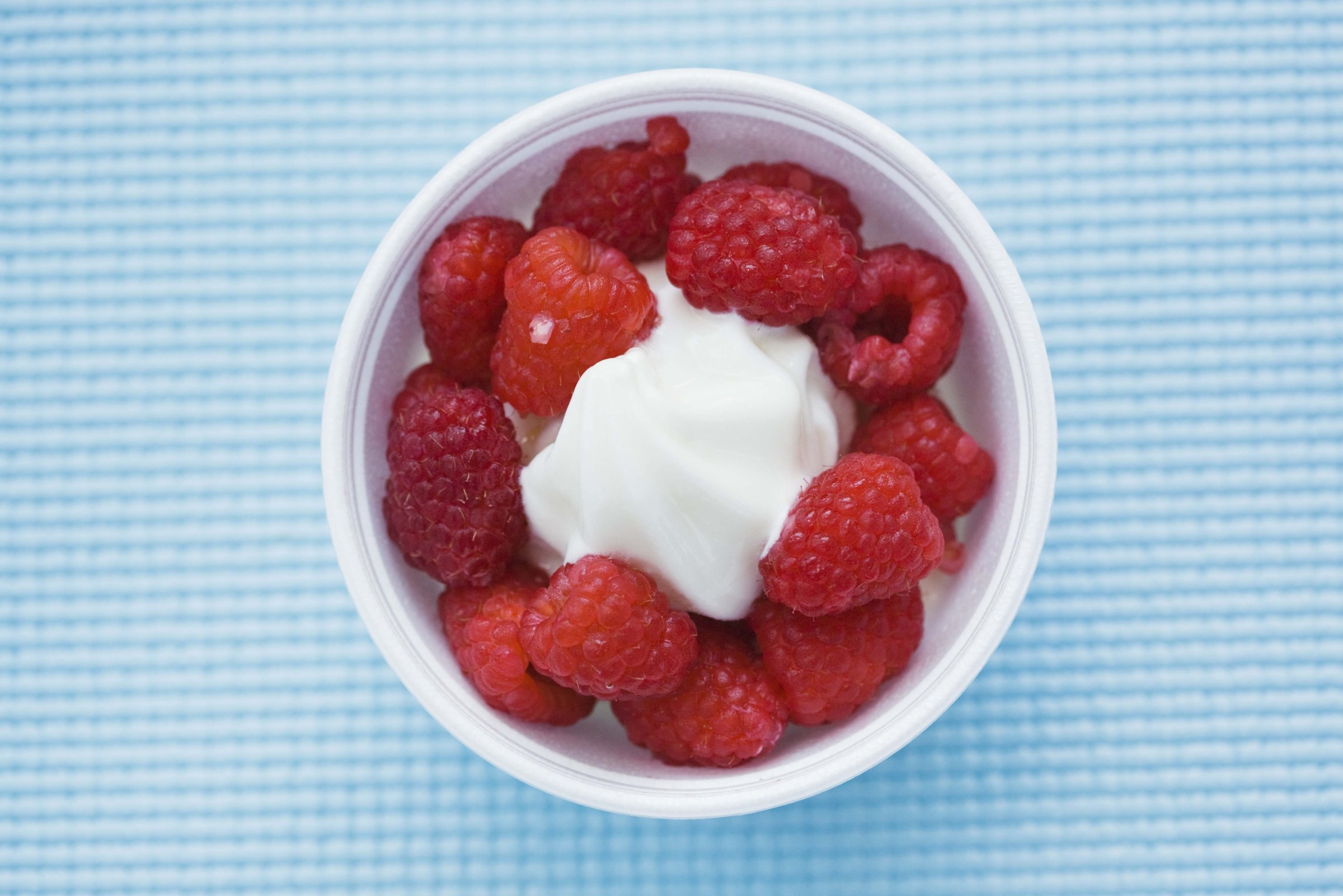
Don’t automatically assume that a food with “low fat” on its label is better for you or will help you lose weight. Many low-fat, reduced fat, and fat-free foods give you more than you bargained for: A recent UK study found that 10% of diet foods contain the same or more calories than the regular stuff, and that 40% had more sugar. Why? When companies remove fat, they have to use more sugar, salt, and additives to make the food taste better. Plus, research shows that a “low-fat” nutrition label leads all consumers, especially those who are overweight, to overeat.
That’s not such a good trade off. Rather than take the label’s word for it, digging a little deeper can help you make a healthier (and yes, slimmer) choice. Here’s the scoop on 9 low-fat foods that aren’t so good for you.
Turkey bacon
Turkey bacon is lower in fat and calories than regular bacon—but not by much. One popular brand’s turkey bacon contains 35 calories and 3 grams of fat per serving, while center cut bacon (the leanest type of pork bacon) has 60 calories and 3.5 grams of fat. Both are processed meat products that are high in sodium and nitrites, which are linked to heart problems.
HEALTH.COM: 11 Reasons Why You’re Not Losing Belly Fat
The slimmer option: Either type of bacon can be a part of a healthy diet—as long as you enjoy it just once in a while, and in small portions. Use it more as a garnish than a main event by sprinkling crumbled strips over Brussels sprouts or atop a veggie-filled salad.
Low-fat baked goods
Low-fat bakery items like muffins and pastries aren’t any better for you than the full-fat varieties. A packaged low-fat blueberry muffin from one popular brand, for instance, packs 280 calories—that’s less than the regular muffin with 370 calories. But the low-fat one has more sugar (36 versus 29 grams), and just like the regular version, contains high fructose corn syrup. Another example: a reduced-fat blueberry muffin from a fast food chain contains 170 milligrams more sodium compared to the full-fat one. That’s not exactly a nutritious start to your day.
The slimmer option: If you love baked goods, enjoy them on occasion. More often, do your own low-fat baking at home with clever ingredient swaps, like fruit purees or yogurt for some of the oil. You can also usually reduce the sugar in any recipe by one-third without changing the taste.
QUIZ: Should You Eat This or That?


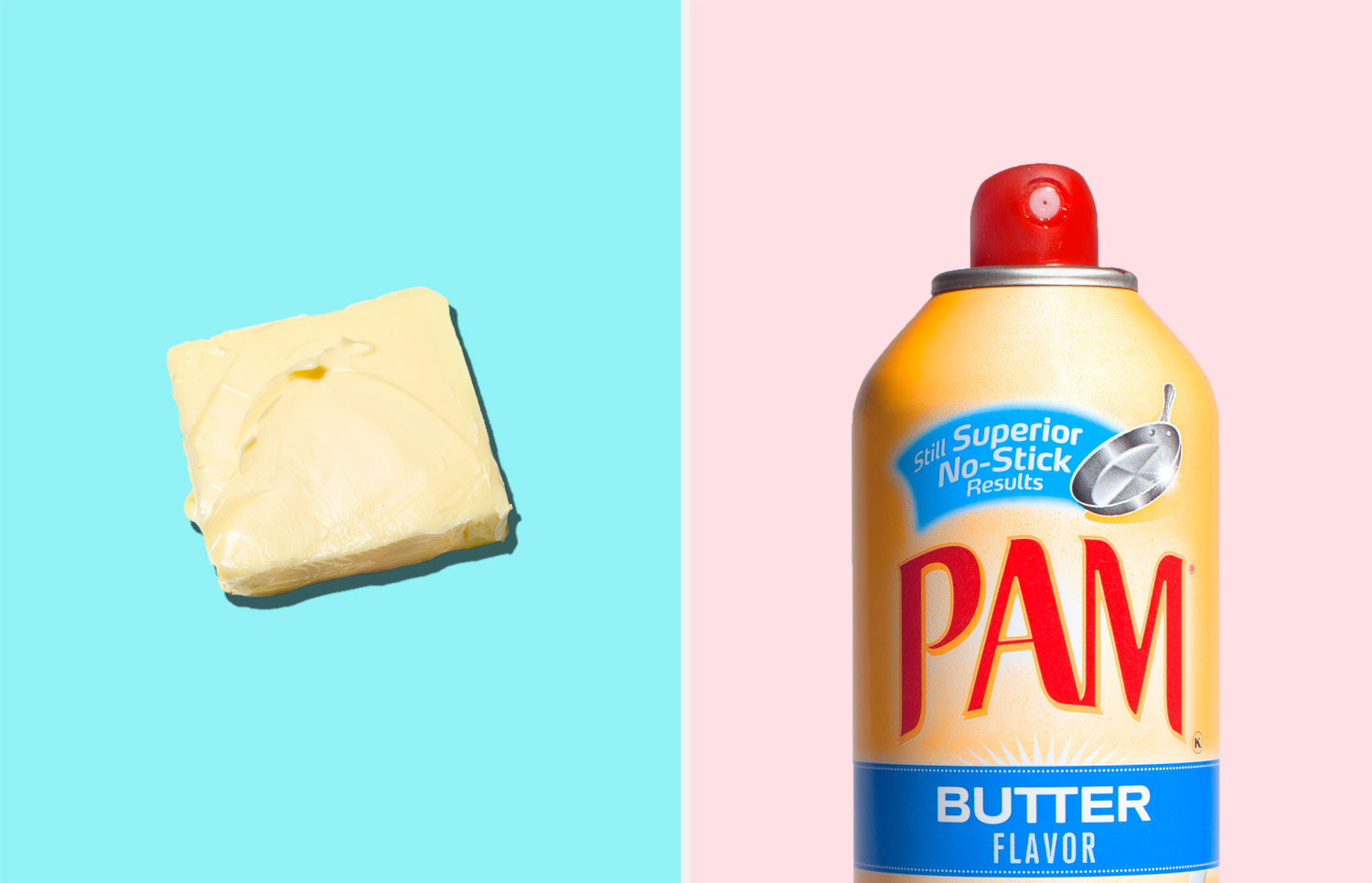
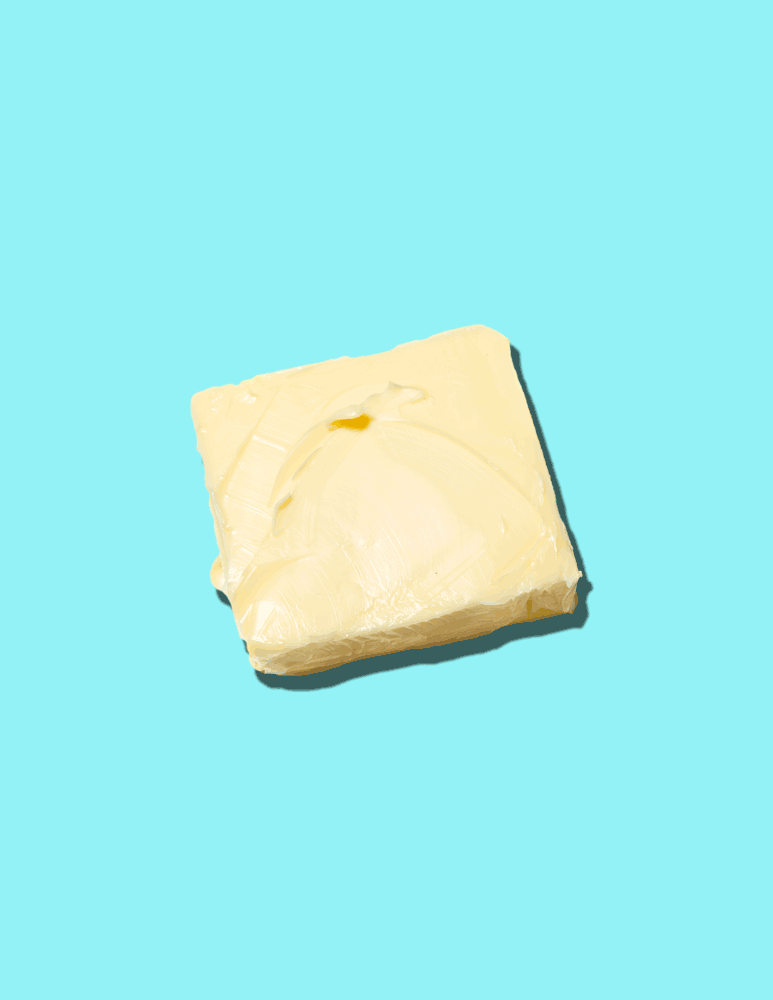




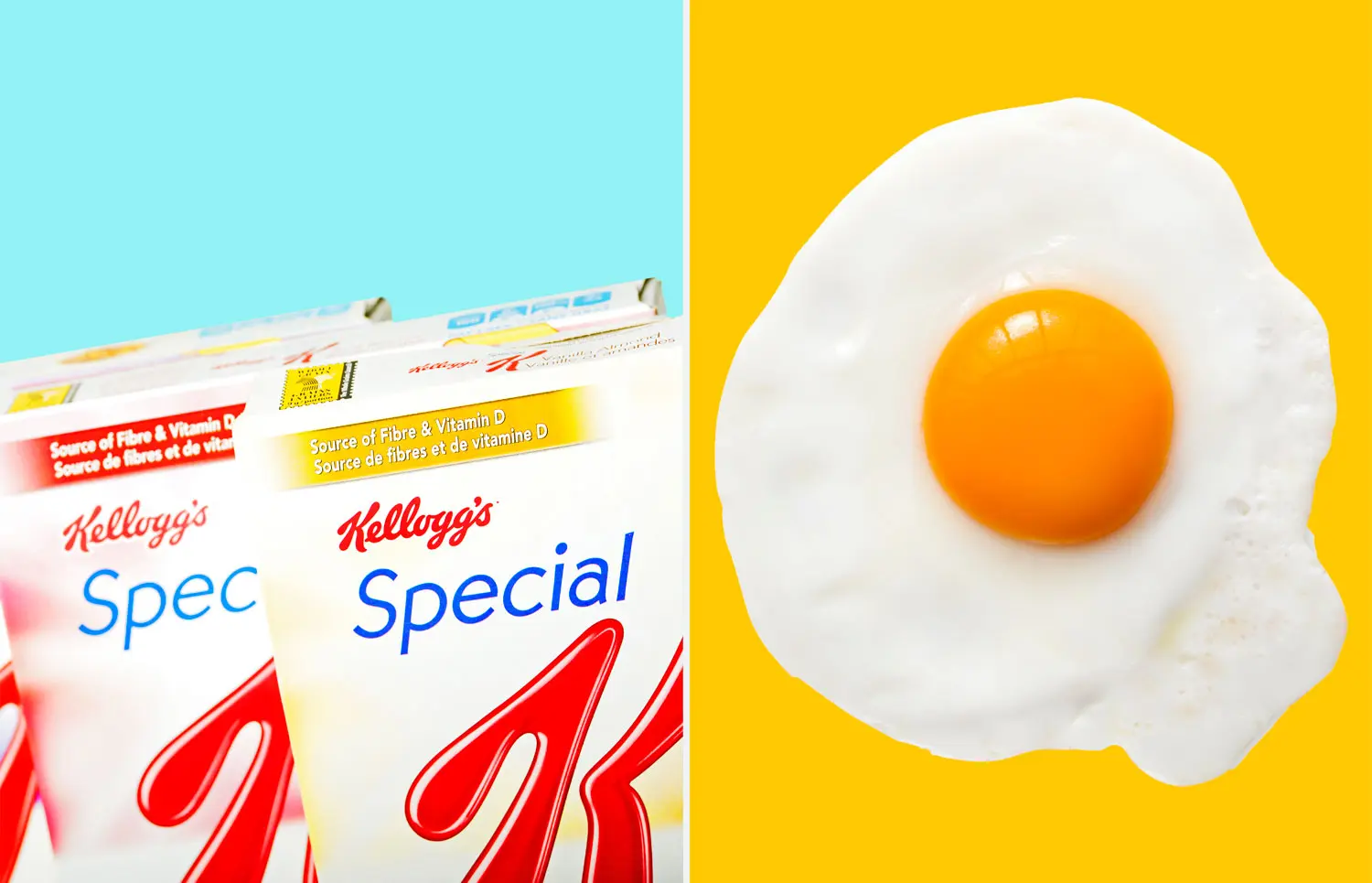

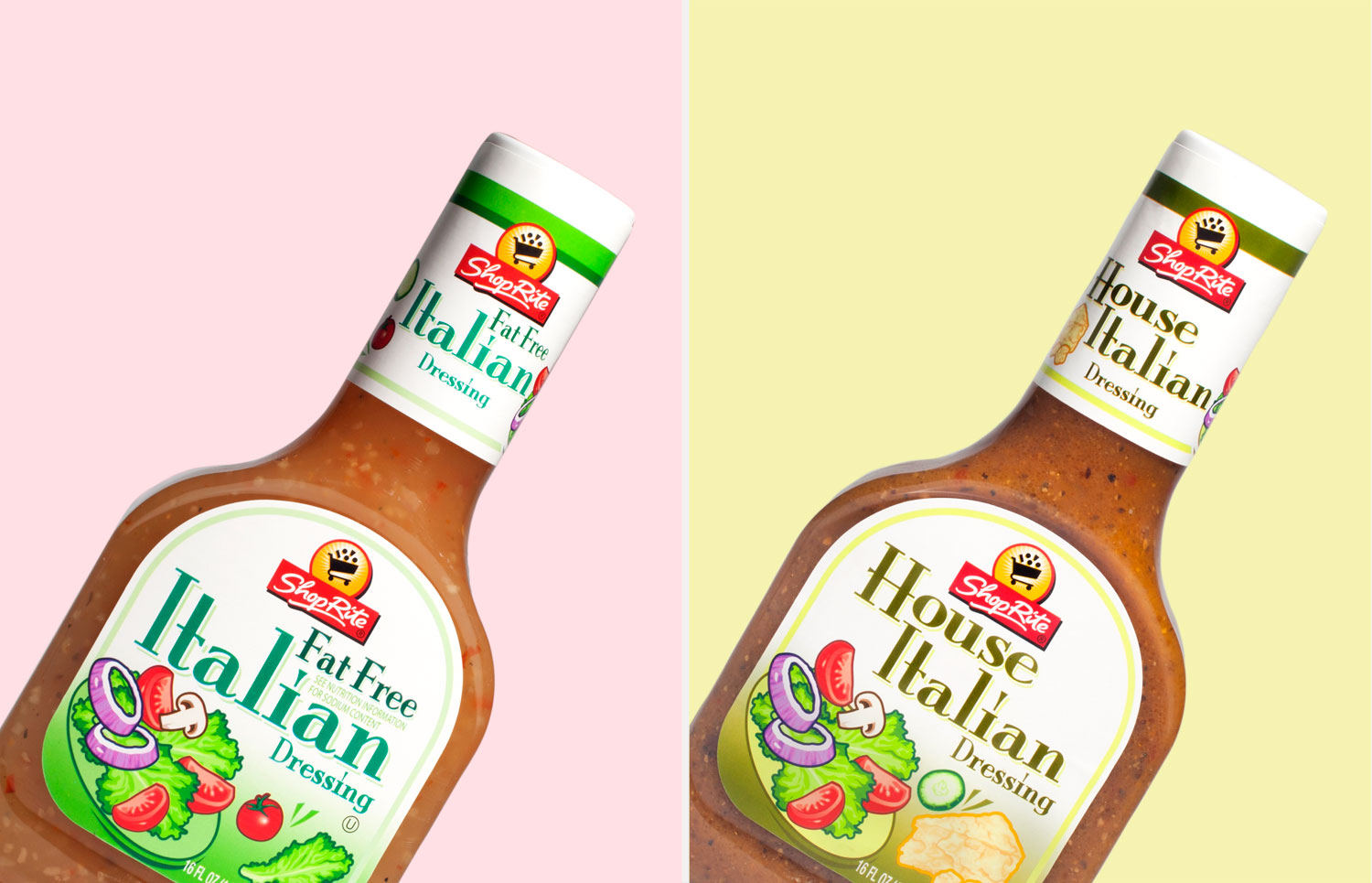




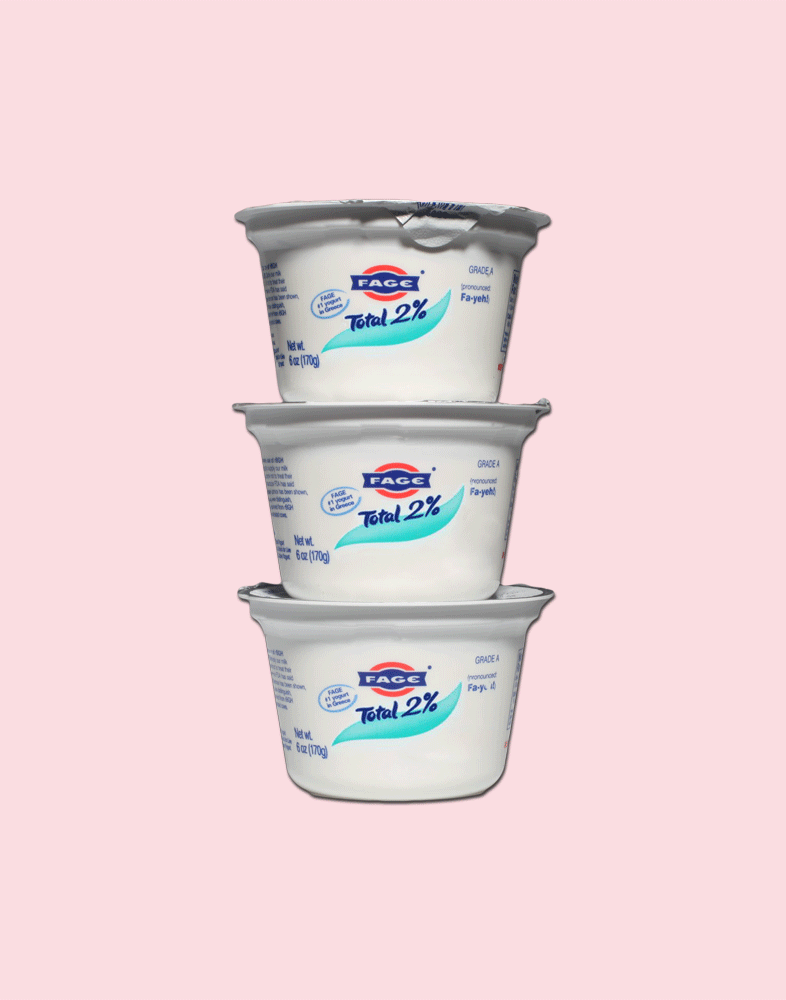
Salad
You should eat salad, but noshing on a fat-free salad coated with fat-free dressing will leave you super hungry in an hour. Food manufacturers add sugar or artificial sweetener to fat-free salad dressings to make them taste good, which can lead to blood sugar spikes that drive appetite. Another bonus of fat: it helps your body absorb beta-carotene and lycopene (both powerful antioxidants found in tomatoes, carrots, and red peppers). Toby Amidor, RD, nutrition expert and author of The Greek Yogurt Kitchen also points out that bottled dressings contain a laundry list of additives and preservatives.
HEALTH.COM: 15 Ways to Lose Weight Without Trying
The slimmer option: Your salad should have some fat in it, be it from full-fat salad dressing (Amidor suggests making your own dressing at home with balsamic vinegar and oil), nuts, or seeds. Or you could slice some avocado on top of your greens: one study suggests avocados are especially good for helping your body absorb the nutrients from your salad.
Reduced-fat peanut butter
Get this: two tablespoons of regular peanut butter contain 210 calories. The same amount of the reduced fat version? About 200 calories. “When companies reduce fat, they add more sugar like corn syrup and additives to improve the taste and texture,” says Beth Warren, RD, author of Living a Real Life with Real Food.
The slimmer option: Buy the real-deal full-fat P.B. Choose one that has just two ingredients listed: peanuts and salt, suggests Amidor. Since peanut butter is calorie dense, it’s easy to overeat. Stick with a two-tablespoon serving.
Egg substitutes
You can buy egg subs in cartons in the refrigerated section of the grocery store, and they’re often used in omelets at hotel buffets. They’re made from egg whites, stabilizers like guar gum, and colorings to give them that egg-y feel and taste for fewer calories and no fat. The problem is, the yolk—which has five grams of fat—is where all the good stuff is. The yolk contains choline, an essential nutrient that helps make a neurotransmitter involved in muscle function and memory, as well as immune-boosting vitamins A and D.
HEALTH.COM: The 20 Best Foods to Eat for Breakfast
The slimmer option: Unless you have heart problems and your doctor has instructed you to limit your egg intake, eat the whole thing. In recent years, conventional wisdom on eggs has shifted from total avoidance to good to eat. Yes, they contain cholesterol, but a 2013 study in BMJ found that eating one egg a day didn’t increase risk for heart disease or stroke in healthy people.
Low-fat potato chips
Take a look at the label on reduced-fat potato chips: one serving is 140 calories; the regular chips have 160 calories (and less sodium). The risk is thinking the reduced fat version is a healthier chip alternative and eating more than you would have otherwise. In fact, a Cornell study shows that we serve ourselves 25% more when foods are labeled low-fat compared to those without the label. Same goes for other popular low-fat salty snacks like pretzels (they’re actually just refined flour with a whole lot of salt), baked veggie straws (they contain very little actual veggies), and rice cakes, which are mostly air and carbs, says Warren.
The slimmer option: Get your salty snack fix with roasted chickpeas or roasted edamame, which are packed with protein, or kale chips, which give you a huge dose of vitamin A, vitamin C, and antioxidants along with that satisfying crunch.
Low-fat granola
Though oats and dried fruit sound healthy, most types of granola—”low fat” or not—sneak in sugar with names like brown rice syrup and evaporated cane juice, says New York City registered dietitian Melissa Litwak. In fact, a serving of granola (just half to two-thirds of a cup) can have 17 grams of sugar. The super sweet start to your day will leave you with a blood sugar crash that has you reaching for snacks long before lunch.
The slimmer option: Top plain Greek yogurt—which contains up to 20 grams of satiating protein per serving—with a few tablespoons of whole grain cereal, nuts, and seeds.
HEALTH.COM: 24 Food Swaps That Slash Calories
Low-fat ice cream or frozen yogurt
“So many of my clients eat frozen yogurt daily because they think they need a treat and feel like it’s guilt-free,” says Harris-Pincus. It’s not that there’s anything wrong with fro-yo, but it’s easy to trick yourself into thinking that you can eat a large portion and pile it high with high-calorie candies. Besides, frozen yogurt contains 17 grams of sugar per half-cup serving—same as ice cream.
The slimmer option: Have an infrequent (read: not daily) half-cup portion of something that you truly enjoy, even if it’s more decadent, Harris-Pincus says. Bring on the Talenti gelato.
Fat-free yogurt
Fat-free yogurt often contains artificial colors, added flavors and stabilizers, and more sugar to make it more palatable and eye-pleasing. What’s more, your body also needs some fat to absorb the vitamin D, and the added fat helps keep you satisfied.
The slimmer option: Depending on your calorie budget, opt for low-, reduced-, or even full-fat yogurt. A 2013 study found that eating high fat dairy was associated with having less body fat and lower odds obesity without increasing heart disease risk. If you do have fat-free yogurt, be sure to include some form of healthy fat with it, like almonds or pistachios.
More Must-Reads from TIME
- Why Trump’s Message Worked on Latino Men
- What Trump’s Win Could Mean for Housing
- The 100 Must-Read Books of 2024
- Sleep Doctors Share the 1 Tip That’s Changed Their Lives
- Column: Let’s Bring Back Romance
- What It’s Like to Have Long COVID As a Kid
- FX’s Say Nothing Is the Must-Watch Political Thriller of 2024
- Merle Bombardieri Is Helping People Make the Baby Decision
Contact us at letters@time.com